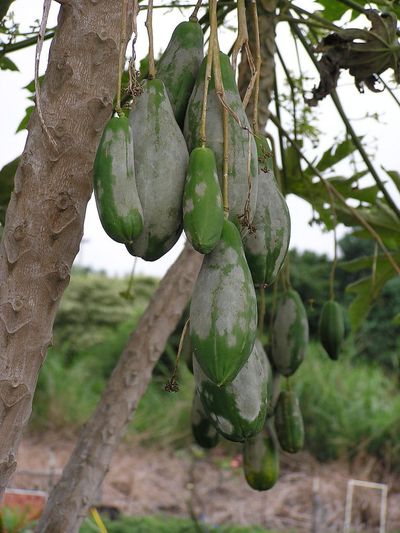Recognizing Fruit Trees with Powdery Mildew
Knowing how to treat powdery mildew requires being able to recognize it. The clearest sign of powdery mildew is the characteristic spores and mycelium. They are white or gray in color and appear like a powdered substance on both sides of leaves. Less commonly you will see the powder on new shoots and flowers. When flowers are infected, the fruit will then either not set or be stunted, russeted, or will develop rough spots.
How to Treat Powdery Mildew
Treating fruit tree powdery mildew once you see the signs of disease can be attempted with fungicides and cultural practices. If there are only a few areas of infection, trim off those shoots and destroy them. Look for early signs as new shoots form. The new leaves will be puckered. If you can trim them off early enough, you may be able to prevent widespread infection. Powdery mildew on fruit trees can be treated with the right fungicides at the right time if trimming off affected shoots does not prevent the spread of spores. A present infection requires an eradicant fungicide, so be sure you get the right kind. A protectant fungicide will only help prevent the infection in healthy trees. Some fungicides that may eradicate a powdery mildew infection are horticultural oils, sulfur, and biological fungicides. Sulfur has to be applied before symptoms show up in a tree, and biological products use bacteria that consume the mildew. The latter is not as effective as oils or sulfur. Good fruit tree powdery mildew control should also include preventative measures. Start by choosing less susceptible varieties. These are available for strawberries, apples, raspberries, cherries, plums, and peaches. Blackberries are always immune. Plant fruit trees with enough space to provide good air flow and keep them pruned for good flow between branches on each tree. Avoid too much shade and excessive amounts of fertilizer. Overhead watering can actually help in the case of powdery mildew, as it washes spores off leaves. With good prevention, cultural practices, and fungicides when needed, you can avoid big losses from powdery mildew.
